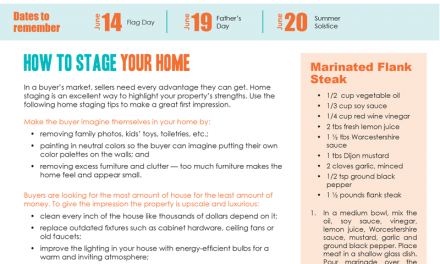The California Housing Housing Finance Agency (CalHFA) celebrated $1 billion in single family lending over the course of fiscal year (FY) 2015-2016, according to a press release issued in June 2016. The CalHFA estimates the billion in lending benefitted about 5,000 first-time homebuyers.
Congrats, CalHFA — but you’re nowhere near done.
Despite the seemingly enormous amount of funding, the CalHFA’s lending practices still fall short of the amount necessary to buoy today’s first-time homebuyers throughout California.
Additionally, the CalHFA expressed hope that Governor Brown’s recent budget proposal will expand the organization’s ability to assist first-time homebuyers in “high-cost counties” — including cities like San Diego, San Francisco and Los Angeles. This ambitious goal deflates in the wake of the recent denial of Brown’s plan, which sought urban infill and exemption from environmental review for more housing construction. Severe opposition to the plan eliminated these potential opportunities the plan might have provided for first-time homebuyers seeking urban residences near their workplaces.
The Golden State’s first-time homebuyer population, defined as potential buyers ages 25-34, numbers approximately 5.8 million as of August 2016. Thus, the 5,000 lucky families assisted by CalHFA funding hardly amount to a blip on the radar of those needing to enter (or re-enter) the housing market amidst numerous financial and economic obstacles.
Potential first-time homebuyers still turn in overwhelming majority to rentals, due to several factors impeding their ability to save enough for down payments. Such factors include student debt, underemployment and commuting costs, all of which compound the lingering effects of the financial crisis and subsequent recession. Further, California’s current urban housing supply crisis and pricing escalation complicate first-timers’ ability even to rent, let alone buy.
The CalHFA has taken steps to mitigate these obstacles for first-time homebuyers in the form of down payment assistance and other similar programs, but to little avail. Even qualifying for these programs can be difficult, often requiring buyers to meet income and home price thresholds in specific regions before receiving assistance.
Thus, the CalHFA’s celebration is premature. Although $1 billion in lending is a nice sum to say aloud, the millions of potential first-time homebuyers in dire need of adequate savings and financing are likely unimpressed. Until home prices level out and begin declining due to lower home sales volume anticipated after interest rates rise in 2017, first-time homebuyers will continue playing the savings game — biding their time as renters.
In the meantime, real estate agents can still refer first-time homebuyers to CalHFA down payment assistance programs — if their buyer is willing to put up with deferred payments. Otherwise, agents need to help their clients prepare financially for buying a home by reviewing the costs of homeownership and outlining the pros and cons of buying or renting with their current income and savings. A delayed but better-prepared first-time homebuyer is more likely to build equity in their home, contributing to the future health of California’s real estate market.



















